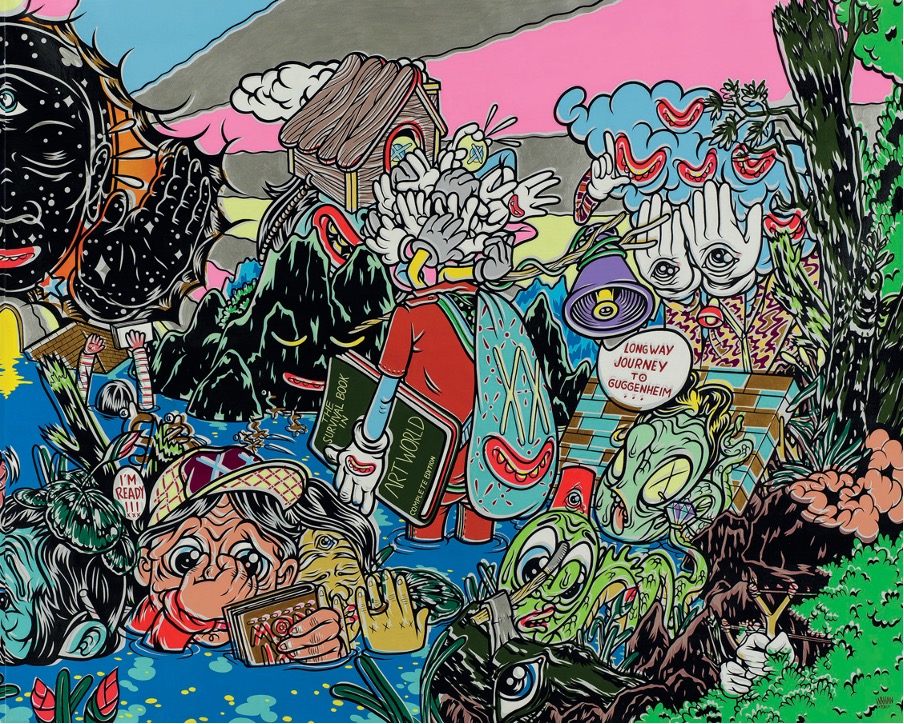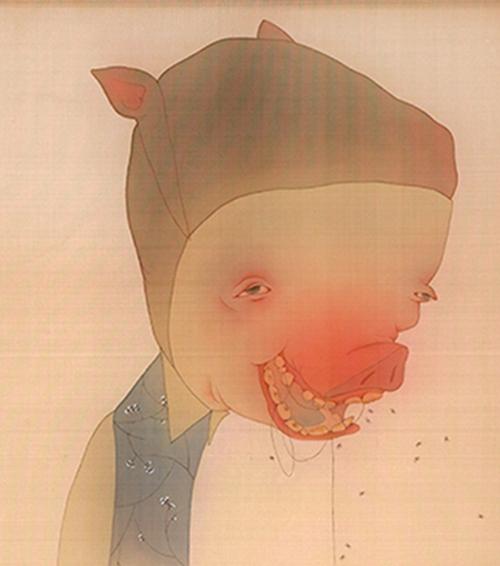
It is twenty years since Australia started its most recent love-affair with Asia, an affair in which Paul Keating was Mr Darcy spinning a web of soon-to-be requited desire between two scratchy but ultimately totally compatible partners. Or that was the story. The spinning broke under the Howard Government years, and has only started to be re-woven in very recent times.
During this period the visual arts in Asia went from dispersed and isolated pockets of activity to the vast network of projects and connection that we see today. Twenty years ago, in the rosy hue of early love, encouraged by the chaperone of the Australian Government, the Asia Pacific Triennial of Contemporary Art was started in Brisbane. Asialink Arts was founded in Melbourne, ArtAsiaPacific magazine started in Sydney (then moved to New York and currently Hong Kong), ARX rose in Perth (and subsequently faded), the MCA did some ground-breaking shows of Chinese, Japanese and Taiwanese art (Mao Goes Pop was first to exhibit such work in the West), Art Monthly magazine did a series on Asia, and Artlink did some specialist editions (that I still use today). The mood was electric. I used to think there were those who were 'with us' and those who weren’t, and I felt the sadness of the true believer for the latter.
The twenty years since those early 1990s have seen Australia pull back from the bloom of this early affair. Only a few of us kept links to what has happened in the region in the intervening years while the mainstream turned elsewhere. Few of us followed the way our colleagues in the region have changed and developed their own programs and their own thinking.
So, twenty years on is a time to reflect, analyse and learn about this period. I’ve asked some of the colleagues I first met in the early 1990s who are leaders in the sector to write their thoughts about the recent past and the way of the future, as well as others more recently known. I am talking about this personal connection both because it is so important in the region, and because it is rewarding. We are privileged that such expertise has so willingly been given.
The authors were given a very open brief. It is their voices as much as their words that strike me in these responses: what they choose to write about, and how they put it. In most cases it is a very different voice from a Western one. That is one of the joys of working across cultures - you see difference and understand how our own culture (and voice) might be calibrated in comparison. On the other hand, for some Western readers there are rhythms under the words to keep listening for; because they come from different impetuses they are more difficult to understand and need a special effort. It should also be noted that many authors wrote their pieces first in their own language and then had them translated. It is a pity we are so mono-lingual we cannot do justice to their original words.
Some authors have been asked to write about their own culture or country; others about broader views – infrastructure, magazines, Islam, craft or folk practice. Also included are the words of Australian artists who have experience of Asia in some significant way. They have been asked to write short pieces on ‘Asia’ as it is important to them, and in these pieces too the variety of voice is notable.
Reading all the articles leads me to two conclusions. The first is that the old national borders (that still have their uses in describing certain cultural spaces) which have long been crossed by artists are now giving way to a broader cross-border activity: the idea of one region is now falling away. We use the term ‘Asia’ for ease and no doubt it will still be used in this way, but thinking of a region as one ‘place’ seems to be the next ‘hold-all’ under siege. The other conclusion is that there is still so much to learn in about the art, customs and ways of thinking of this ‘non-place’, especially if we burrow down deeply into its many and diverse realities.
The intention of this edition is to be useful in understanding some of this multi-layered diversity.












